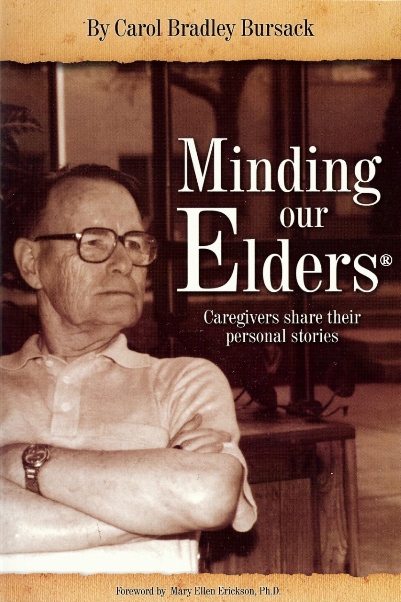The Process of Convincing Your Parent to Move to Indepent Living
Aging In Place vs. Assisted Living: Professional in-home care and a medical alert system are sufficient for some seniors to remain at home safely for a time. But if they live alone or their spouse is frail, then there’s no one to help them if they experience a medical emergency and can’t push their wearable call button. The familiarity and comforts of home are undeniable, but there are some concerns and drawbacks associated with aging in place.
For instance, as leaving the house becomes more of a hassle and friends develop their own mobility issues, there are fewer opportunities for elders to socialize. Household tasks like cooking, cleaning and laundry grow increasingly challenging, so some seniors may stop eating, completing chores or changing into clean clothes. Older adults experiencing cognitive decline are especially vulnerable and can fall victim to scams, forget to turn off kitchen appliances, and even lapse into self-neglect.
Aging in place is an option for seniors who make proper home modifications, have a robust support system, and are realistic about their health and functional abilities. However, many older adults put themselves at risk by failing to plan for and acknowledge their increasing needs. Even those who have done their best to prepare for their golden years may find that their forever home is no longer safe or suitable. What’s more, their family caregivers are often run ragged trying to ensure their safety and well-being …
Minding Our Elders: Caregivers Share Their Personal Stories. Darlene Fuchs, Author of Get in the Boat”: Your shared stories are deeply moving and relatable, reflecting the varied emotions and challenges of caregiving for aging loved ones. “Minding Our Elders” serves as a poignant and invaluable resource, offering support and connection to caregivers on their journey.
Discover the Difference. EGOSAN: The premium incontinence brand caregivers love – Now Available on Amazon.







